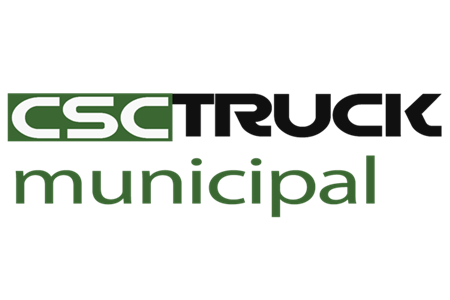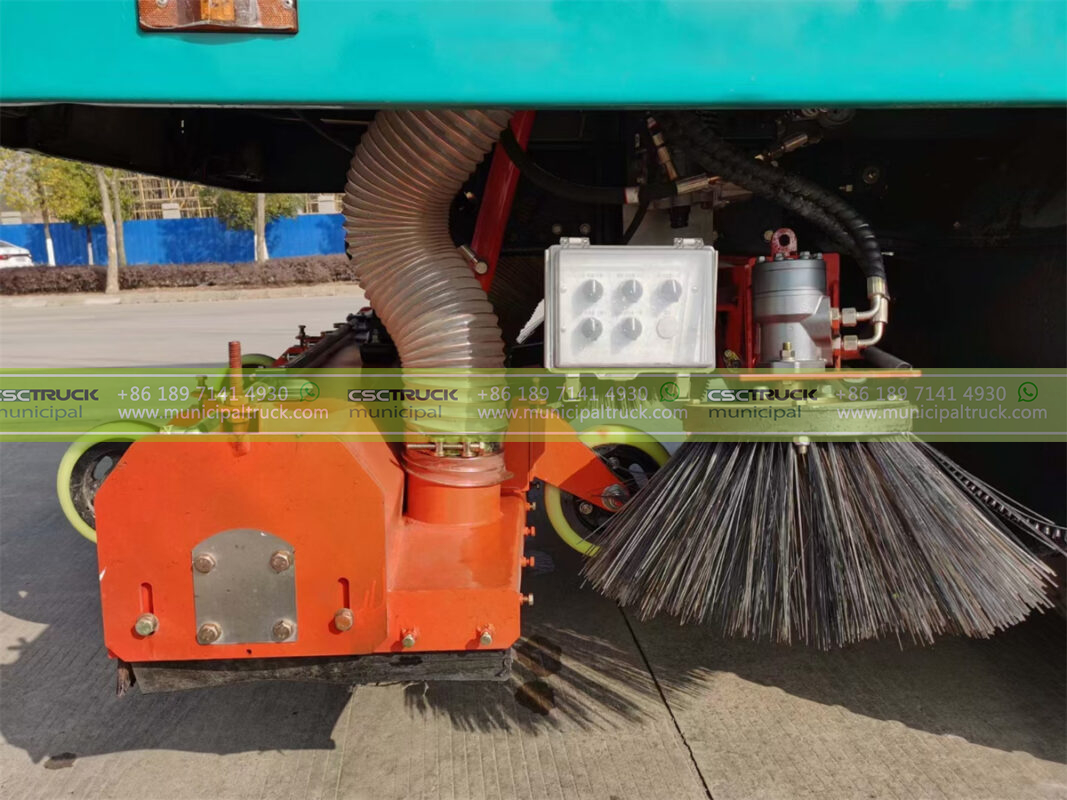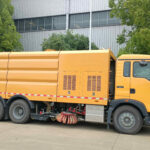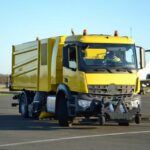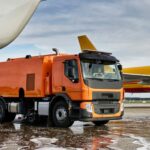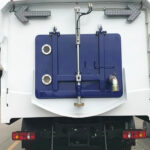Foreign Object Debris (FOD) remains a multi-billion-dollar threat to global aviation safety and operations. A single loose bolt, wayward tool, or pavement fragment can trigger catastrophic engine failure, tire blowouts, or runway excursions. As air traffic density intensifies, the airport sweeper truck has evolved from a basic cleaning unit into a sophisticated FOD prevention technology platform. This article examines the engineering, systems integration, and operational impact of these specialized vehicles that maintain the sterile area – the first line of defense in aviation safety.
The High-Stakes Consequences of Runway Contamination
Every year, FOD causes approximately $13 billion in damage and delays across global aviation. The infamous 2000 Air France Concorde crash, triggered by titanium debris from a prior aircraft, underscores the lethal potential. Modern threats extend beyond metal fragments:
- Composite materials from deteriorating pavement or aircraft panels create radar-transparent hazards
- De-icing fluid residues form slippery chemical FOD
- Wildlife remains attract scavengers, compounding risks
- Micro-plastics and rubber deposits accumulate, reducing friction coefficients
Regulatory bodies like the FAA and ICAO mandate hourly runway inspections, but visual sweeps miss up to 40% of sub-2cm objects during darkness or precipitation. This detection gap necessitated integrating advanced sensor arrays into sweeper fleets.
Core Detection Technologies: Beyond Human Vision
Modern airport sweepers deploy multi-spectral sensing suites operating in real-time during cleaning operations:
Millimeter-Wave Radar Systems
Mounted on sweeper bumpers, these penetrate fog, light snow, and darkness to identify metallic/non-metallic objects as small as 5mm at 30km/h speeds. Advanced units like Xvision FOD Finder classify debris types using AI-powered signature libraries.
LiDAR Topography Mapping
Rotating lasers build 3D runway surface models during each pass. Comparing consecutive scans flags new objects with 1.5mm resolution – critical for identifying partially embedded screws or cracked pavement spalls before they dislodge.
Thermal Anomaly Detection
Post-landing scans identify hot brake fragments or smoldering debris invisible to optical sensors. Calgary International Airport reported a 68% reduction in hot FOD incidents after implementing FLIR-equipped sweepers.
Sweeping Mechanisms: Precision Debris Removal Engineering
Unlike conventional road sweeper trucks, airport variants require surgical debris extraction without damaging delicate runway lighting or pavement joints:
Magnetic Conveyor Systems
Electro-permanent magnets beneath the chassis extract ferrous objects with zero contact. Zurich Airport’s fleet recovers ~200kg/month of taxiway nails and cargo pallet fragments through this technology.
Regenerative Airflow Technology
Dual-stage turbines generate 25kPa vacuum through 360° adjustable nozzles, extracting debris from expansion joints. The Bucher Municipal Jetbroom achieves 99.7% clearance of sub-10mm particles in validation tests.
Polymer Bristle Brooms
Antistatic, non-sparking bristles sweep without generating secondary FOD. Dubai’s fleet uses humidity-reactive polymers that stiffen in desert conditions to dislodge compacted sand.
Operational Intelligence Integration
Beyond physical cleaning, modern sweepers serve as data hubs for predictive FOD management:
- GIS Mapping: Debris location, type, and density are geotagged, creating heatmaps for targeted maintenance
- Pavement Health Analytics: Vibration sensors detect subsurface voids years before pavement failure
- FOD Source Tracing: Spectral analysis of rubber traces identifies landing aircraft with tire defects
- Automated Reporting: AI compiles compliance logs for FAA/EASA Part 139 audits
Heathrow’s AI-powered sweeper network reduced reactive pavement repairs by 47% by identifying degradation patterns invisible to inspectors.
Water Systems: Dust Suppression & Pavement Preservation
Runway dust creates visibility hazards and engine abrasion. Integrated water systems tackle this through:
Electrostatically-Charged Mist Sprayers
Positively charged 50-micron droplets bind to negatively charged dust particles. Athens International Airport cut PM10 levels by 81% using this system, reducing engine wash frequency.
Runway Rubber Removal Programs
High-pressure (2500psi) oscillating spray bars with recycled water remove accumulated rubber during nightly closures. San Francisco’s fleet recovers 12+ tons annually, maintaining critical friction levels.
For comprehensive pavement rejuvenation, sprinkler truck attachments apply polymer-based sealants that fill microcracks while repelling jet fuel and de-icing fluids, extending asphalt lifespan by 8-10 years.
Future Frontiers: Autonomy and Predictive FOD Mitigation
The next evolution integrates sweeper data with airfield IoT ecosystems:
- Predictive AI Models: Correlating sweeper data with weather, flight schedules, and construction to forecast FOD risk zones
- Swarm Robotics: Deploying autonomous micro-sweepers for continuous hotspot monitoring between flights
- Self-Healing Pavements: Sweepers depositing microcapsules that automatically repair cracks during operations
- Drone Collaboration: UAVs scanning runway ends while sweepers handle central areas, cutting inspection times by 75%
Singapore Changi’s trial of autonomous Tennant NAVI sweepers demonstrated 24/7 operational readiness with zero personnel on active runways – the new benchmark in efficiency.
The Indispensable Safety Sentinel
From mechanical brooms to AI-driven sentinels, the airport sweeper truck embodies aviation’s uncompromising safety ethos. Each debris-free runway is the culmination of fluid dynamics, materials science, and predictive analytics working in concert. As global air traffic approaches 10 billion passengers annually, these unassuming vehicles will remain the guardians of the sterile area – where every recovered bolt represents a potential catastrophe averted. Their continuous technological evolution ensures that the most dangerous FOD will forever be the one that never existed.
